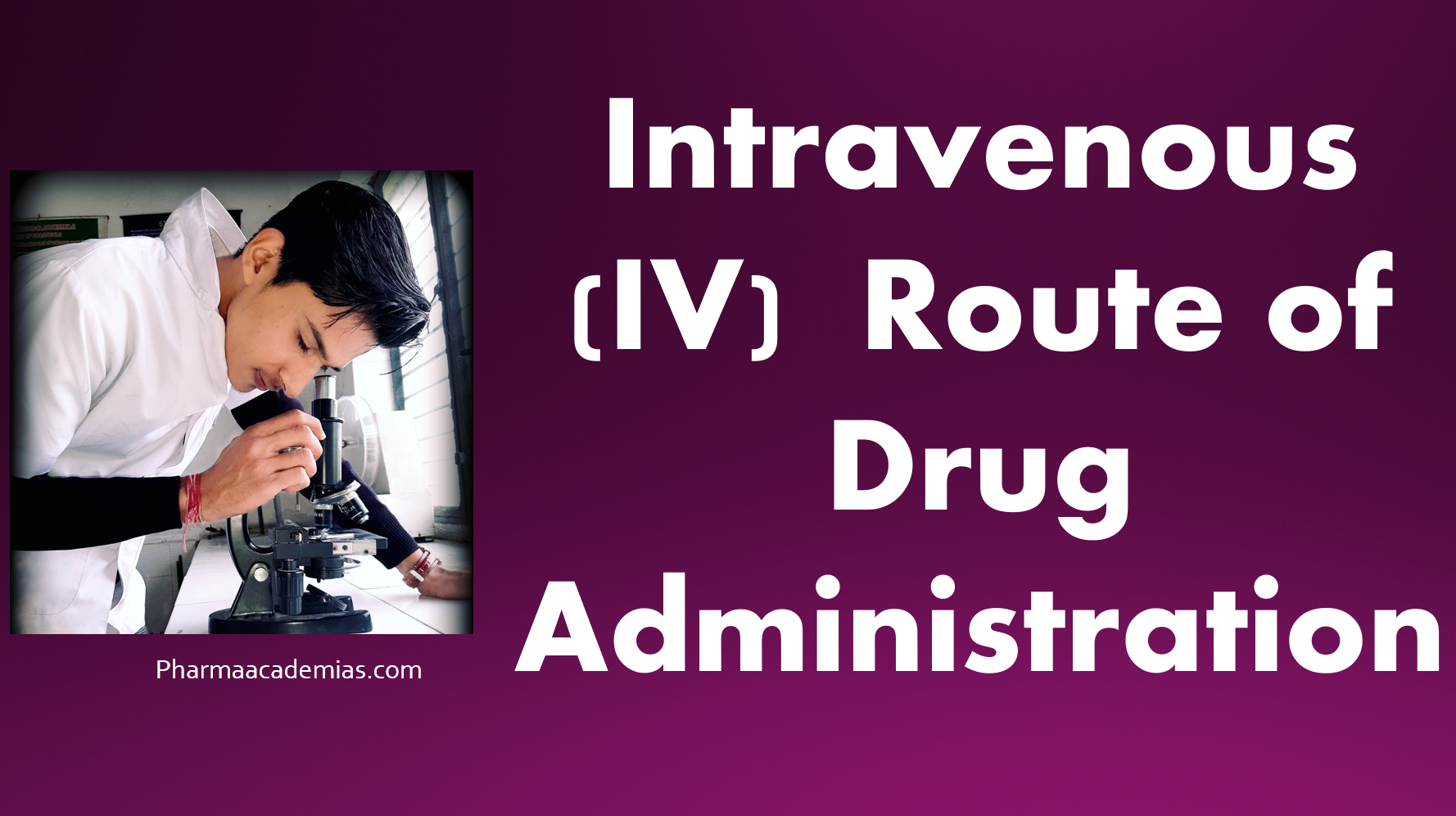The intravenous (IV) route of drug administration involves delivering medications directly into a patient’s bloodstream through a vein. This method offers several advantages and disadvantages, making it a valuable option for specific clinical scenarios. Here are the key points related to the intravenous route of drug administration:
Advantages
1. Rapid Onset of Action: IV administration provides the fastest way to introduce drugs into the circulatory system. This is especially crucial in emergencies when immediate therapeutic effects are required.
2. Precise Dosage Control: Healthcare professionals can accurately control the dose of medication delivered, ensuring that the full intended dose reaches the systemic circulation.
3. 100% Bioavailability: A drug intravenously bypasses the gastrointestinal system and avoids first-pass metabolism in the liver. As a result, the drug’s bioavailability is nearly 100%, meaning the full dose is available for therapeutic effects.
4. Use in Critical Care Settings: IV administration is invaluable in intensive care units, during surgeries, and for patients with severe illnesses or trauma. It allows for quick and reliable drug delivery.
5. Continuous Infusions: Continuous IV infusions are common for drugs requiring a constant, steady level in the bloodstream, such as intravenous fluids or medications like insulin or pain management drugs.
6. Ideal for Water-Soluble Drugs: Water-soluble drugs are well-suited for IV administration because they readily dissolve in the bloodstream.
Disadvantages
1. Invasive: IV administration requires a puncture through the skin and into a vein, which can be painful and carries a risk of complications such as infection, thrombosis, or phlebitis.
2. Skill and Training: Proper IV administration requires skilled healthcare professionals, as it involves inserting a cannula or needle into the vein, which, if done incorrectly, can lead to complications.
3. Risk of Infection: Because the needle or cannula pierces the skin and enters the bloodstream, there is a risk of introducing pathogens and causing infection. Strict aseptic techniques must be followed.
4. Venous Irritation: Some drugs irritate veins and can cause pain, inflammation, or damage to the vessel walls. Proper dilution and infusion rates are important to mitigate these effects.
5. Limited to Liquid Formulations: Most IV drugs are liquid, which may not be suitable for drugs only available in solid forms (e.g., tablets or capsules).
6. No Retrieval: Once a drug is administered intravenously, it cannot be retrieved. This contrasts oral medications, which can be regurgitated if needed.
7. Cost and Resource Intensive: IV administration often requires additional equipment, such as IV lines, pumps, and regular monitoring, which can be costlier and resource-intensive compared to other routes.





Un beleivable notes
thank you, share with your all friends